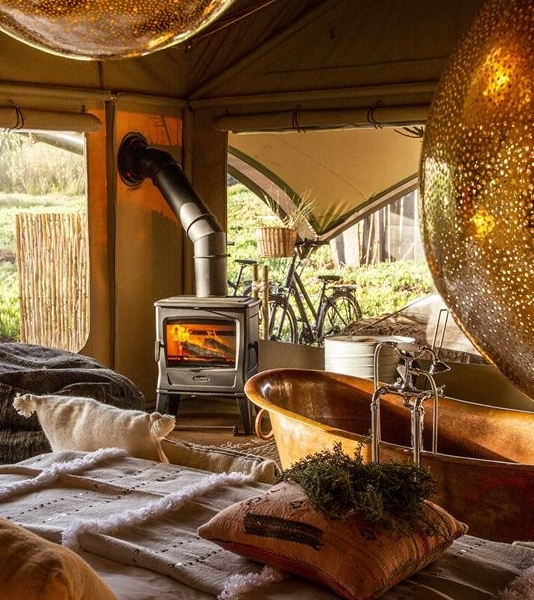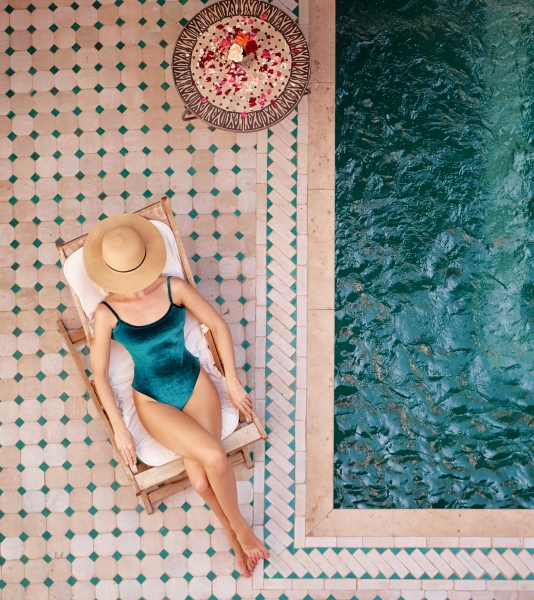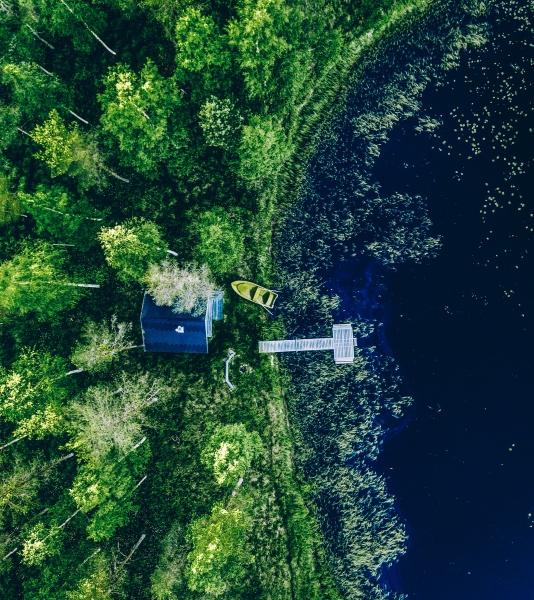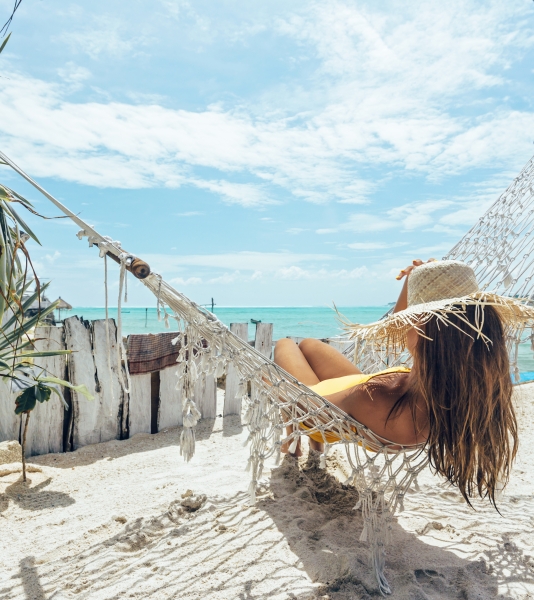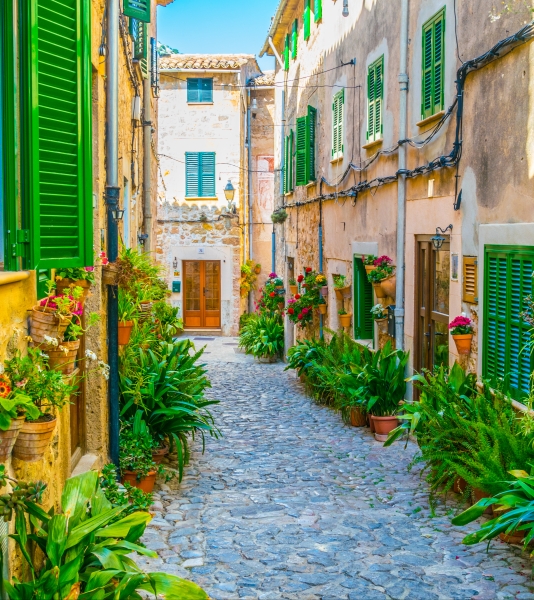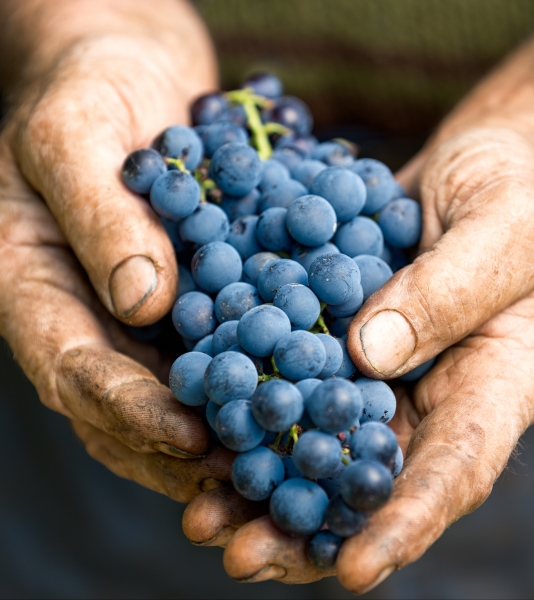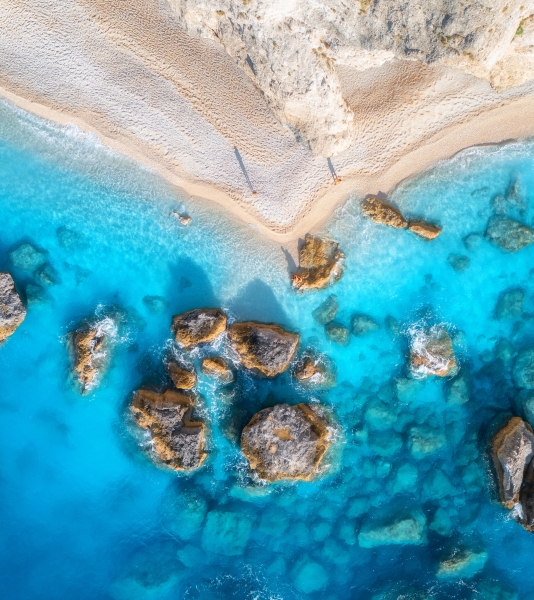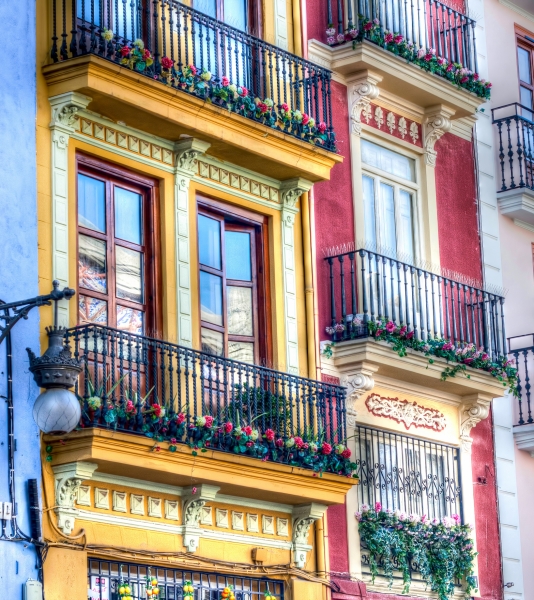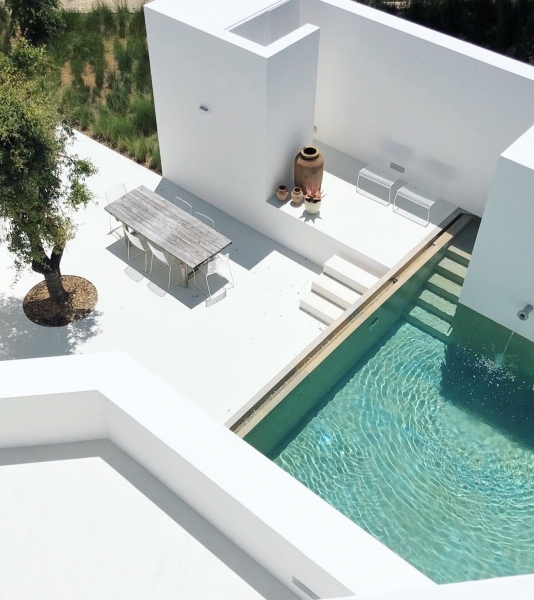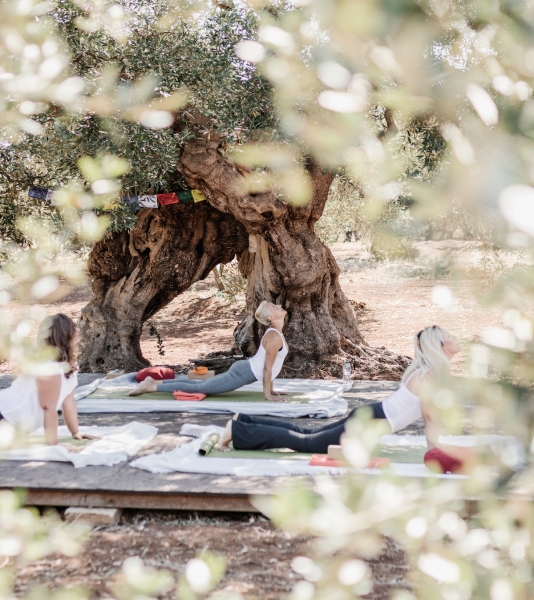Where to stay in Tenerife
Tenerife is a beautiful island of the Canary archipelago with a variety of different landscapes. Nature is spectacular and varied, with impressive volcanic landscapes, golden and black sand beaches, laurel forests and rich marine biodiversity. The majestic Teide volcano and the surrounding national park offer unique panoramic views. The island has nature reserves that preserve the native flora and fauna, as well as hiking and diving opportunities. Travelers who want to visit Tenerife will find in our selection the best hotels and charming villas in Tenerife. Most of our accommodations are located in the north of the island, because although there are beautiful white sandy beaches in the south, they are already taken over by a mass of tourists. However, there are exceptions, such as the municipality of Güímar, a beautiful place for agriculture.
In our travel guide you will find:
- What to visit in Tenerife and places to stay: North, South and the Capital
- Activities: Hiking, natural parks and diving
- Gastronomy
What to visit and where to stay in Tenerife: North, South and capital city
Arriving on Tenerife, you will be amazed by the tropical nature that surrounds the volcano, the high humidity, the intense scent of wood and the salty Atlantic Ocean. The island seems to be divided into two parts, the north and the south, which are completely different, with the north being much greener and having black sand beaches. Here you will find most of our charming accommodations. We have organized some of them by themes - in this list you will find the most important ones.
- Unique country hotels and accommodations in nature
- Charming vacation homes and villas in Tenerife
- Romantic getaways for your holiday for two in Tenerife
- Charming village hotels
- Luxury boutique hotels near the sea
- Cheap accommodations for every budget in Tenerife
Let's start with the north of Tenerife: a place of incredible diversity and cultural richness, from the impressive architecture of the historic towns to the beautiful rugged cliffs and rocky coves that immerse themselves in the shimmering blue waters of the Atlantic Ocean. The north is more humid and offers a more tropical, lush landscape, with the most beautiful natural parks for hikers. This is where you will find wild black sand beaches of volcanic origin: El Bollullo on the coast of La Orotava, Benijo beach, the most beautiful beach of Anaga, Los Guíos beach, also known as Los Gigantes beach because of its cliff of the same name, Masca beach with its completely wild black sand or Playa Jardín, one of the best city beaches of Puerto de la Cruz.
In the north of the island, the atmosphere is more local and well-kept. There are several charming villages that are perfect for a longer stay or at least should be visited. Let's start with Garachico, a quiet place with natural swimming pools and one of the best preserved historical and artistic heritage. Here there are several luxury hotels, guesthouses and country houses, all with a special charm and character typical of the area. The pretty little village of Sauzal is nearby and has an easy to visit village center, although the roads here are steep, which is part of the charm, but not for the faint of heart. You can enjoy a magnificent sunset from some of the terraces and viewpoints. The small town of La Orotava dominates the highest part of the valley and is located at the foot of the Teide. It has an artistic and historical site with small palaces and mansions, mainly from the 17th and 18th centuries. Icod de Los Vinos is another village in the north of Tenerife, halfway between La Orotava and Garachico. It is known for its wine production, especially the white wine made from the Listán Blanco grape variety, produced by small family wineries.
San Cristóbal de La Laguna is one of the largest cities in Tenerife, declared a World Heritage Site by UNESCO in 1999. It is always worth a visit, whether you want to stroll through the streets of the city founded in 1496, go shopping or just eat tapas or have a drink, because La Laguna is full of small bars and restaurants.
Tegueste has a long agricultural tradition and is located on the edge of the Anaga Mountains. It is a small town with some examples of traditional Canarian architecture, which in recent years has begun to position itself as a wine tourism destination. The municipality also has numerous hiking trails and nature reserves, such as the Corona Forestal Nature Park and the Lagunetas Landscape Reserve, which offer beautiful views of the island and the opportunity to connect with nature.
The south of Tenerife: enjoys a warmer climate and is much drier. In general, this is the most popular area for those who are mainly looking for sun and beaches. If you are looking for beautiful beaches with white or golden sand and guaranteed good weather all year round, the south is your best option, although here the essence of the island is lost due to crowded tourism, such as in the areas of Playa de las Américas and Los Cristianos, where the highest density of hotels can be found.
The municipality of Güímar, located in the southeast of the island, is spared from this invasion. Not far from the capital, Santa Cruz de Tenerife, in its valley we find the Corona Forestal Natural Park, the Siete Lomas Nature Reserve and the Herques Gorge, recognized as a Natural Monument. In this area we find rural hotels in the middle of banana plantations, some of them directly facing the sea.
The capital of the island, Santa Cruz de Tenerife: It is very picturesque and is located on the north coast of the island. This is where you can enjoy beach days, cultural excursions, hikes through natural parks, shoppingtrips and a great gastronomic selection. There are great beaches like Playa de las Teresitas, one of the most famous on the island with golden sand, or Playa de las Gaviotas, with black sand. Also worth seeing are the Castillo de San Cristóbal and the Torre Costera Defensiva de San Juan Bautista, churches like the Concepción and San Francisco, museums like the Museum of Nature and the Museum of Fine Arts, botanical gardens like the Palmetum, to name a few.
In Santa Cruz de Tenerife there is a wide variety of charming hotels and apartments, so don't be hesitant to ask for our personal advice, as we have several different types of accommodations, from luxurious villas to small apartments with sea views and small extravagant hotels that are not on our list of selected charming accommodations.
Activities: hiking, nature parks and diving
Tenerife has a variety of natural parks that offer unique experiences for nature lovers. The Parque Rural de Anaga is breathtaking, with its mountains covered by laurel forests that create a magical and mysterious atmosphere and have several hiking trails. The Corona Forestal is a natural park that surrounds the entire island and offers a rich variety of flora and fauna. The Parque Rural de Teno is known for its hiking trails along impressive cliffs and rock formations, offering wild landscapes of outstanding beauty. The Malpaís de Güímar Natural Park offers unique volcanic landscapes and unparalleled biodiversity.
The Teide Natural Park, with its 3,718-meter-high active volcano, is the most impressive of all, with sensational views over the island and a magical place to see the stars at night. Climbing this volcano on foot is not everyone's cup of tea, as the ascent is tough. However, there is a funicular that allows you to reach the top, overcoming a great difference in altitude that would take a lot of time and effort to do walking. The important thing to know, is that the temperature drops drastically with increasing altitude. Therefore, although the weather is good in Teide National Park, you should take warm clothes when you reach the summit. Also, a permit is required, which is part of the protection provided by the National Park Service, as only a limited number of visitors are allowed per day.
Each of these parks offers their visitors the opportunity to get familiar with the natural beauty of Tenerife and enjoy recreational activities in a unique setting.
The rich biodiversity of Tenerife's crystal-clear sea is also ideal for scuba diving. In Costa Adeje and Las Galletas, you can admire breathtaking reefs, as well as discover sea turtles and tropical fish. Los Cristianos beach invites you to dive along the cliffs and rock formations, with the opportunity to observe rays and manta rays.
Gastronomy: between papas arrugadas (wrinkled potatoes), gofio and pucheros (stews)
Tenerife's traditional cuisine is not about elaborate techniques or flamboyant displays. Instead, it focuses on simple processes and locally-sourced ingredients such as fish, potatoes, pork, and cheeses, with many similarities to the cuisine of Venezuela and other Caribbean countries. The key ingredient in Tenerife's traditional food, and indeed all Canarian cuisine, is papas arrugadas, or wrinkled potatoes. Another staple dish is Almogrote, a variation of the Canary Island mojos, in which La Palma cheese replaces certain vegetable ingredients such as peppers and garlic. Sancocho, a stew made with salted fish such as wreckfish, blue butterfish, or sea bass, sweet potatoes, olive oil, and parsley, is considered the tastiest of Tenerife's traditional dishes. All of these dishes reflect the island's focus on simple, locally-sourced ingredients and are a testament to the rich culinary heritage of the Canarian archipelago
Guachinches are an institution in Tenerife. They are typical taverns in rural environments for those who like to eat well and cheaply and appreciate the simple things in life. For example, "Los Gomez" with a family atmosphere that is literally in the middle of vineyards. Originally, guachinches were small taverns created by wine producers to sell their wine production. Gradually, snacks were added to the menu - and thus the current guachinches of Tenerife were born.
Tenerife has a long history of winemaking, dating back to the 16th century. The island's unique volcanic soil and climate make it an ideal place to grow grapes, and Tenerife is home to a number of different wine regions. The most famous of these is the Tacoronte-Acentejo region, which produces high-quality red and white wines made from the Listán Negro and Listán Blanco grape varieties, respectively. Other notable wine regions on the island include Ycoden-Daute-Isora, Abona, and Valle de Güímar.
As nossas coleções
Não sabe para onde ir? Deixe nossas coleções te inspirarem.


